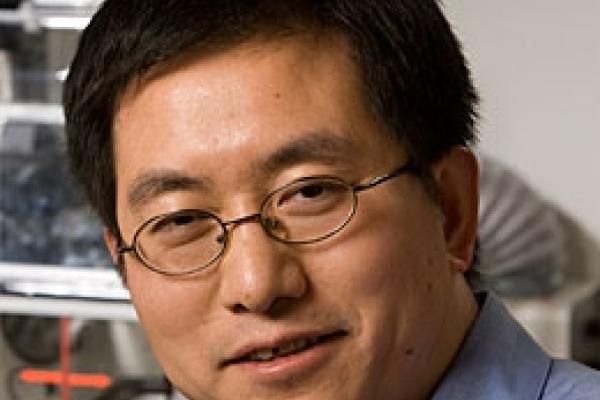
Researchers at Duke University have created a framework for helping bioengineers determine when to use multiple lines of cells to manufacture a product. The work could help a variety of industries that use bacteria to produce chemicals ranging from pharmaceuticals to fragrances.
The research was published online the week of February 19, 2018 in the Proceedings of the National Academy of Sciences.
Every cell in the world is constantly absorbing nutrients and raw materials and transforming them into something more useful. Often the process provides the cells with energy or some other vital vitamin or mineral, while leaving behind byproducts that can be beneficial for other cells. This is especially true in complex multicellular organisms and ecosystems, where several different types or species of cells can work together to generate a single complex final product.
Scientists have been harnessing these abilities since the 1970s to produce useful substances like human growth hormone, pharmaceuticals, fragrances and biofuels. Most of the time they rely on a single type of cell for such endeavors for the sake of simplicity. But sometimes the process becomes too complicated.
"Typically when people are modifying cells to produce something they use a single population, but when you only use one type of cell to do everything, there's an upper limit on what it can handle, which becomes a limitation to how sophisticated a compound you can ask the cell to make," said Ryan Tsoi, a graduate student studying biomedical engineering at Duke and first author of the paper. "Having multiple cell types dividing the labor has been explored, but only on a case-by-case basis. This is the first systematic look into what circumstances make multiple cell lines better than one."
In the study, Tsoi and his advisor, Lingchong You, the Paul Ruffin Scarborough Associate Professor of Engineering at Duke, put together a system of equations to model how important variables interact in these types of systems. For example, they can model the strain that complex tasks put on a single cell's growth rate or the inefficiencies introduced when cells must pass signals, enzymes and proteins back and forth in a division-of-labor scheme.
They put together more than 20 different variations of how these systems could be built and how they might interact. When they ran the simulations, they discovered that every trial boiled down to how the variables affected two factors -- how fast the cells are able to grow and how much efficiency is lost when two types of cells share resources while transporting molecules between them.
"It's comparable to when researchers are working together on a grant proposal or a paper," said You. "It's a balance between how easy it is to do by yourself, how efficient it will be in working with other collaborators, and how big of a payoff the collaboration will be at the end of the day."
Moving forward, Tsoi plans on using the new framework to develop the new bioengineered systems he is planning to study. He hopes others will do the same.
"All of these parameters are measurable and quantifiable," said Tsoi. "The idea is that for any system, you could obtain all of these parameters either through basic experiments or textbooks, throw them into this mathematical model, and not only obtain a basic answer of whether or not to use division of labor, but a measure of how much it would benefit your project."
This research was supported by the US Army Research Office (W911NF-14-1-0490), the National Science Foundation (CBET-0953202) and the National Institutes of Health (1R01-GM098642).
CITATION: "Metabolic Division Of Labor In Microbial Systems," Ryan Tsoi, Feilun Wu, Carolyn Zhang, Sharon Bewick, David Karig and Lingchong You. Proceedings of the National Academy of Sciences, Feb. 20, 2018. DOI: 10.1073/pnas.1716888115
http://www.pnas.org/content/early/2018/02/16/1716888115
Story originally published on Pratt School of Engineering website